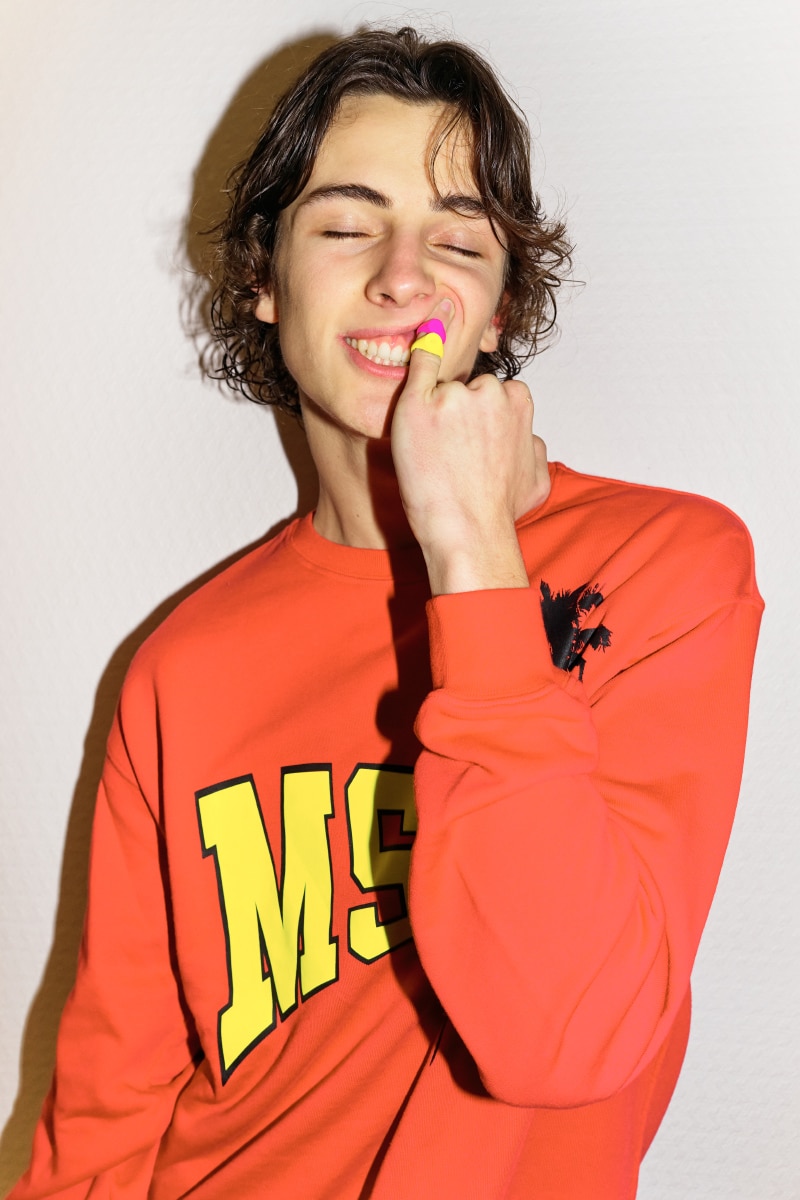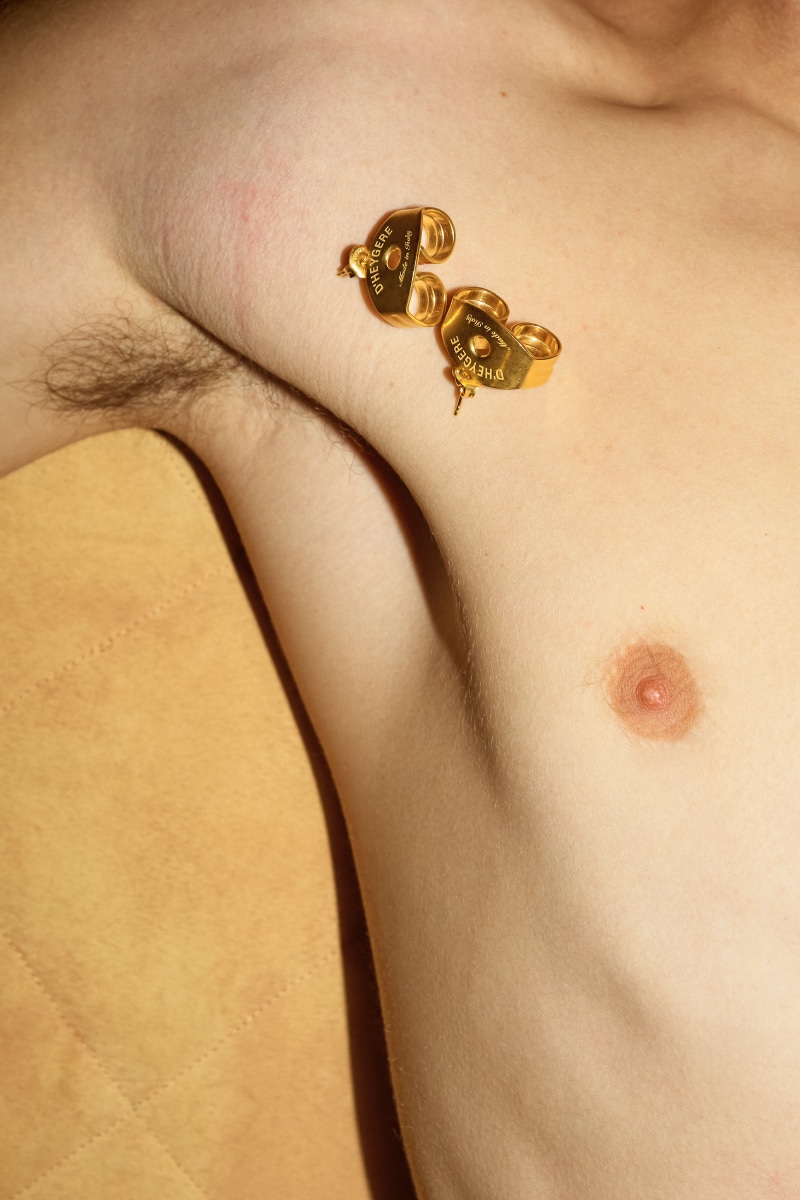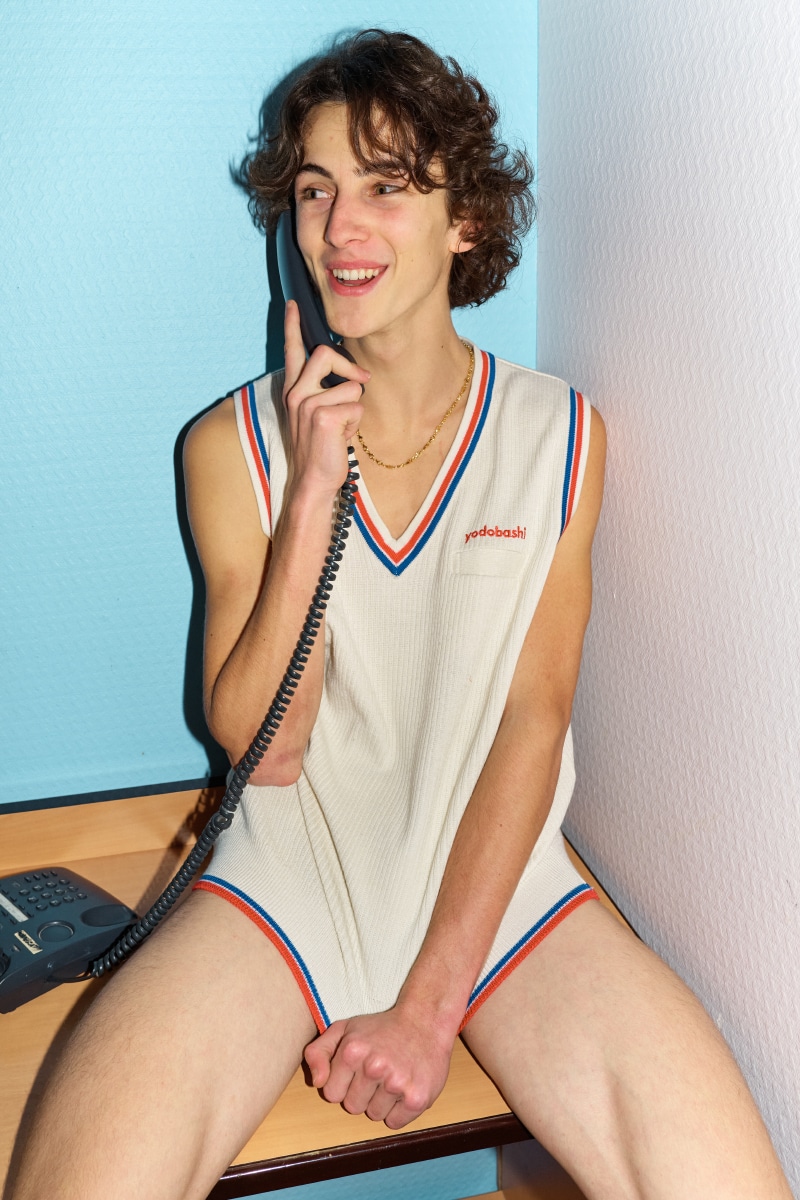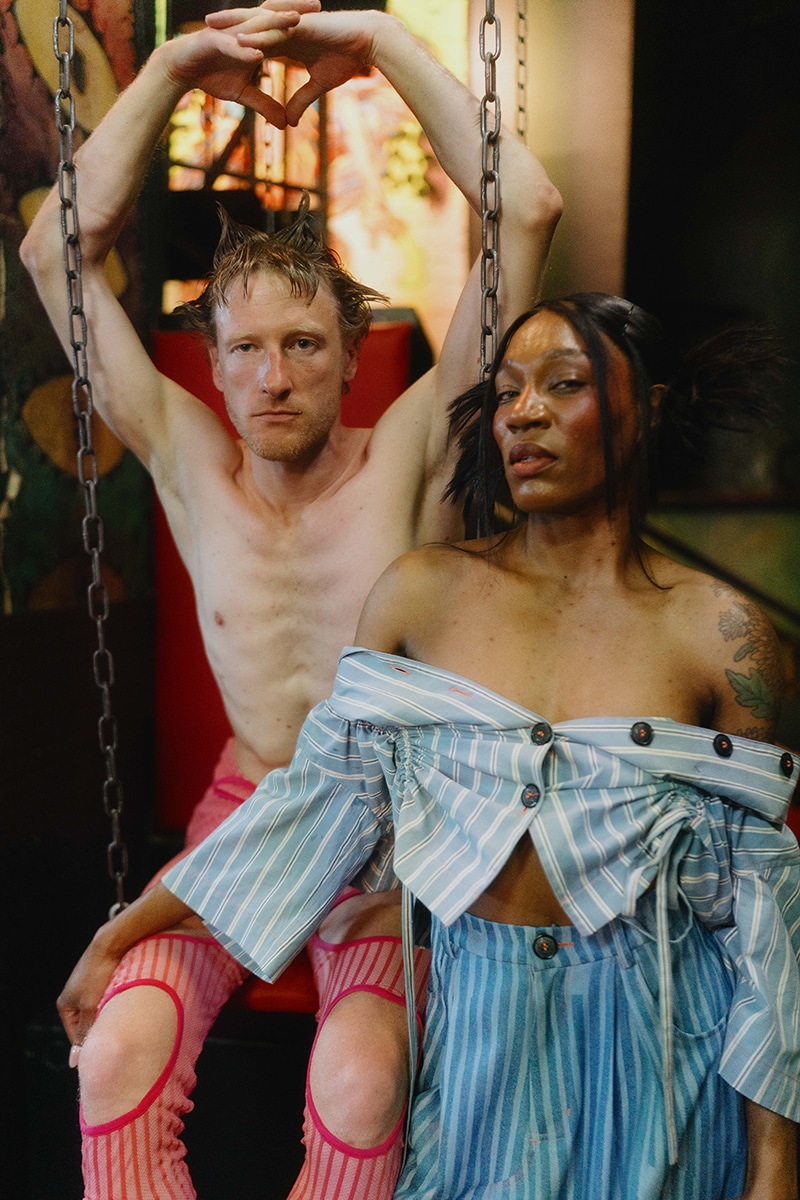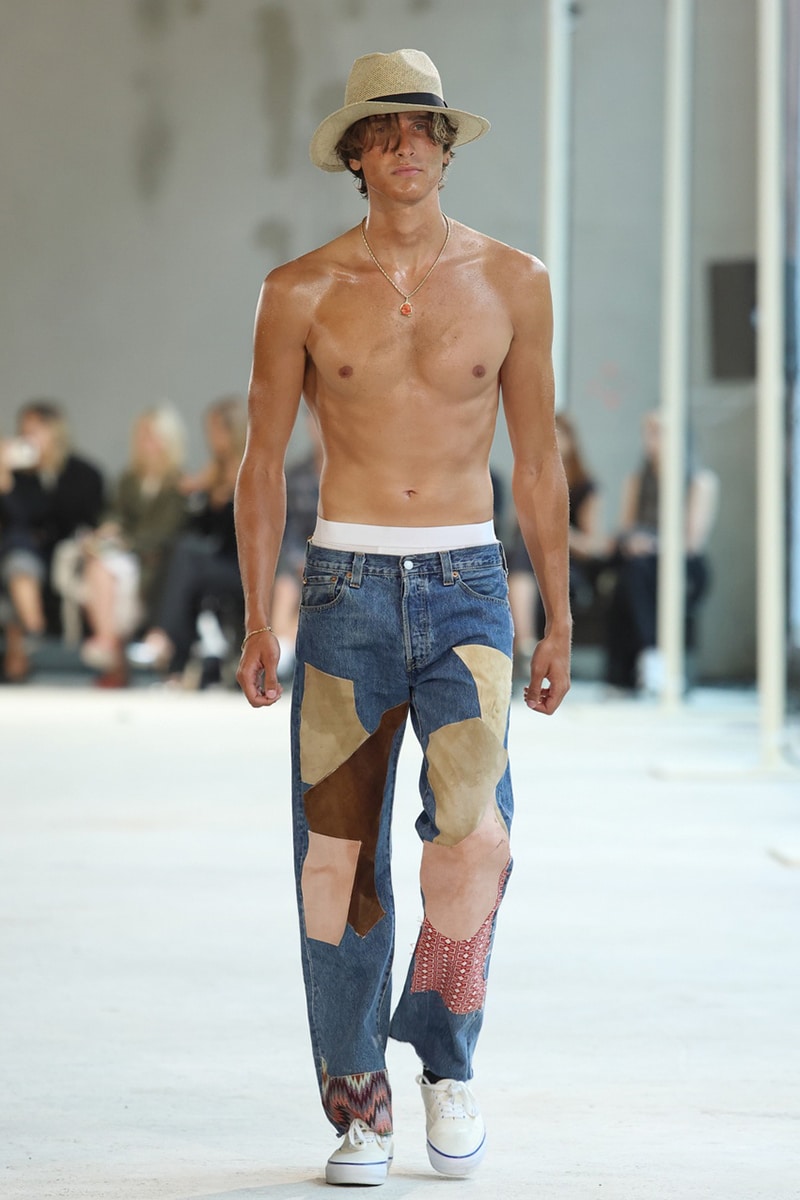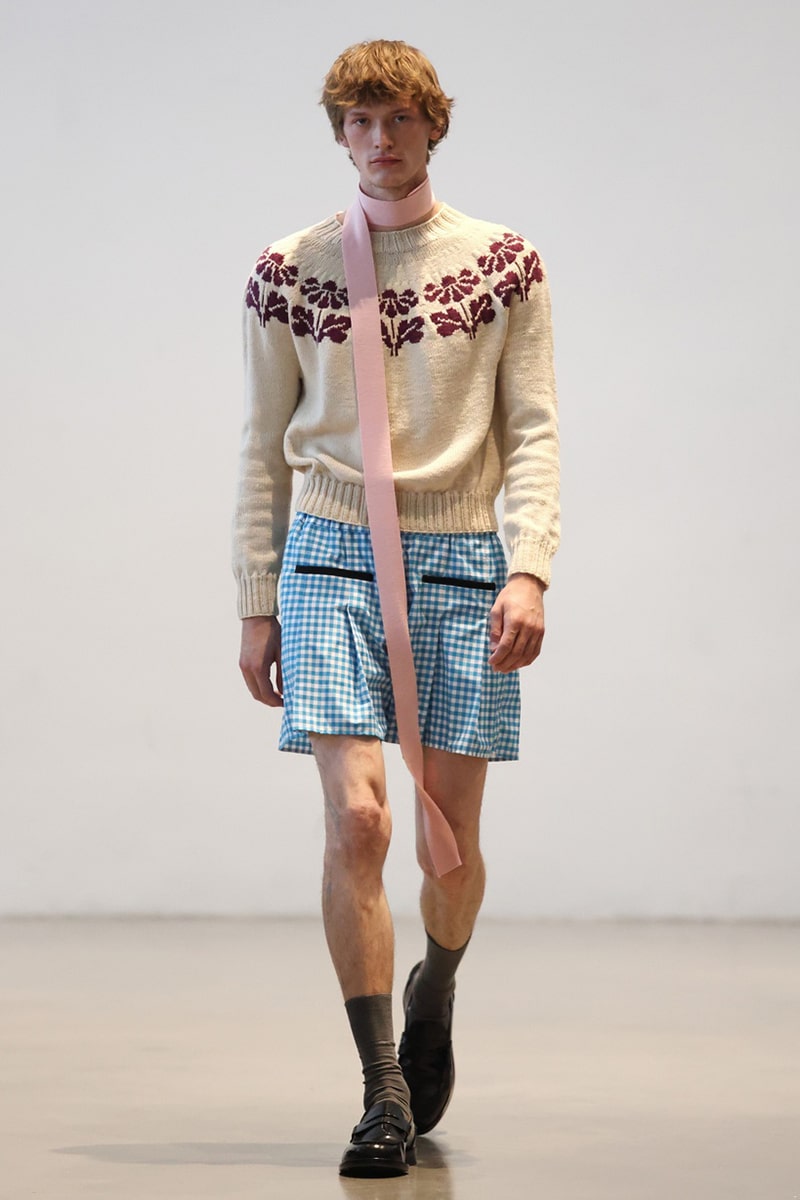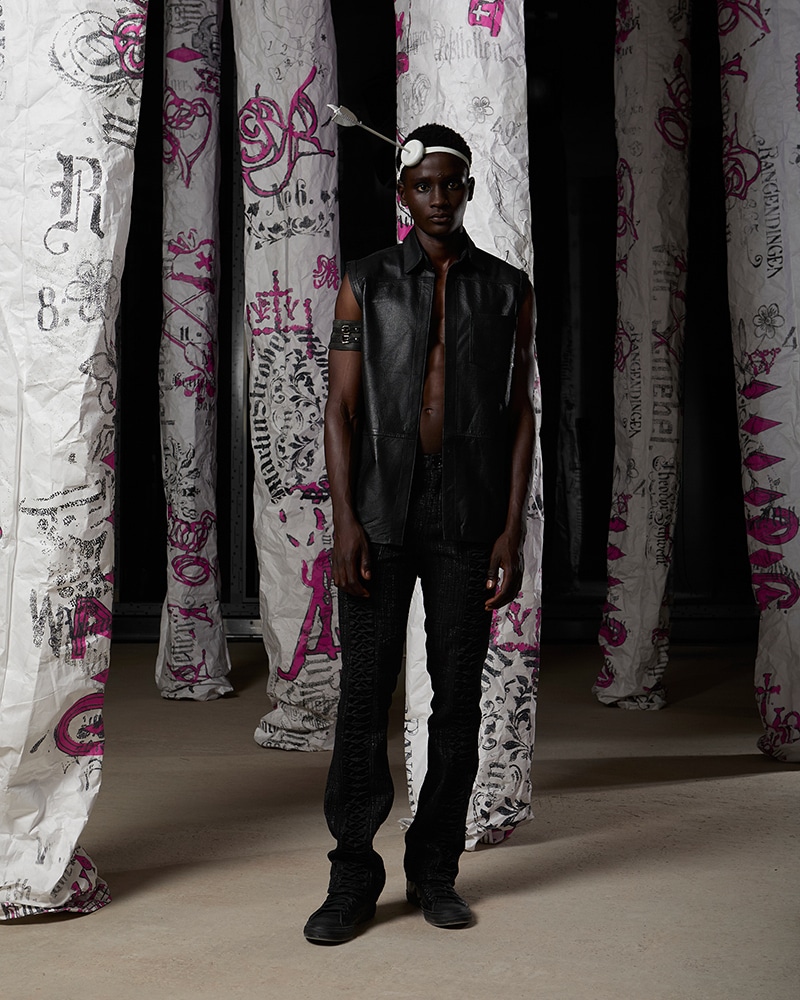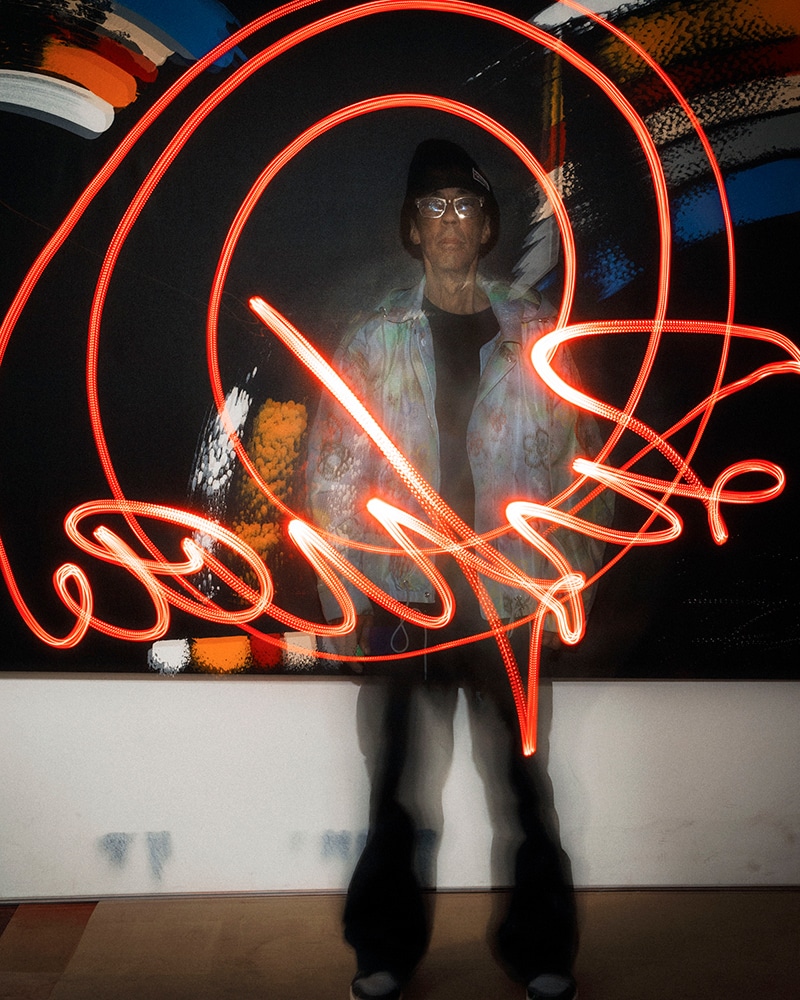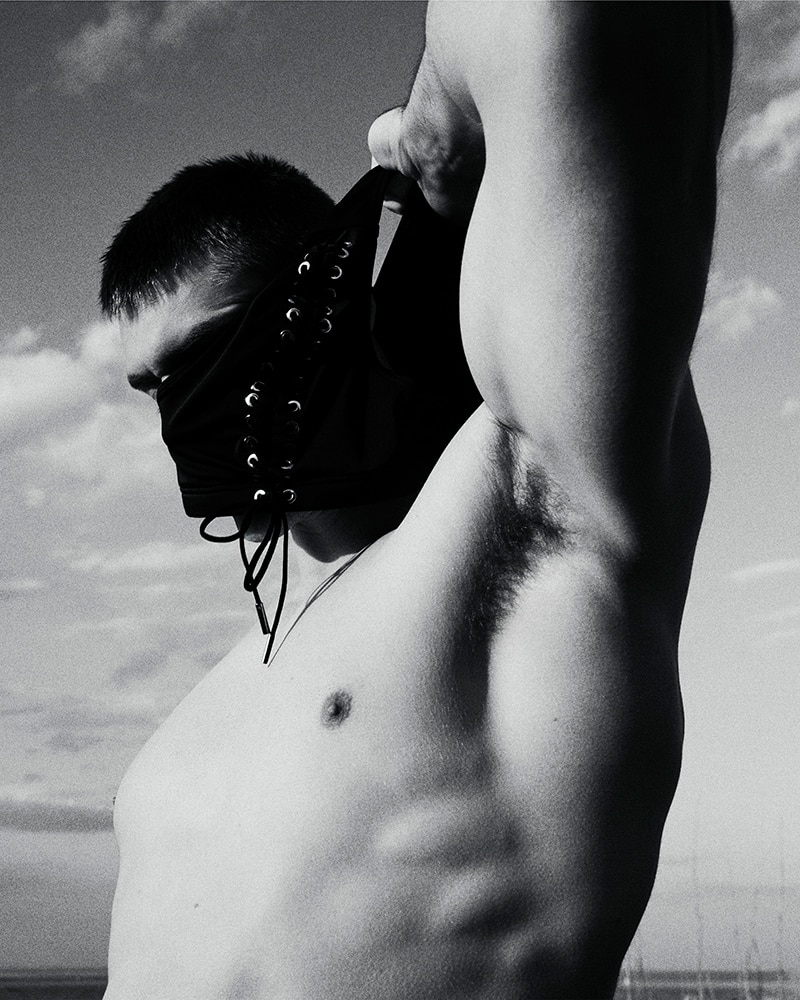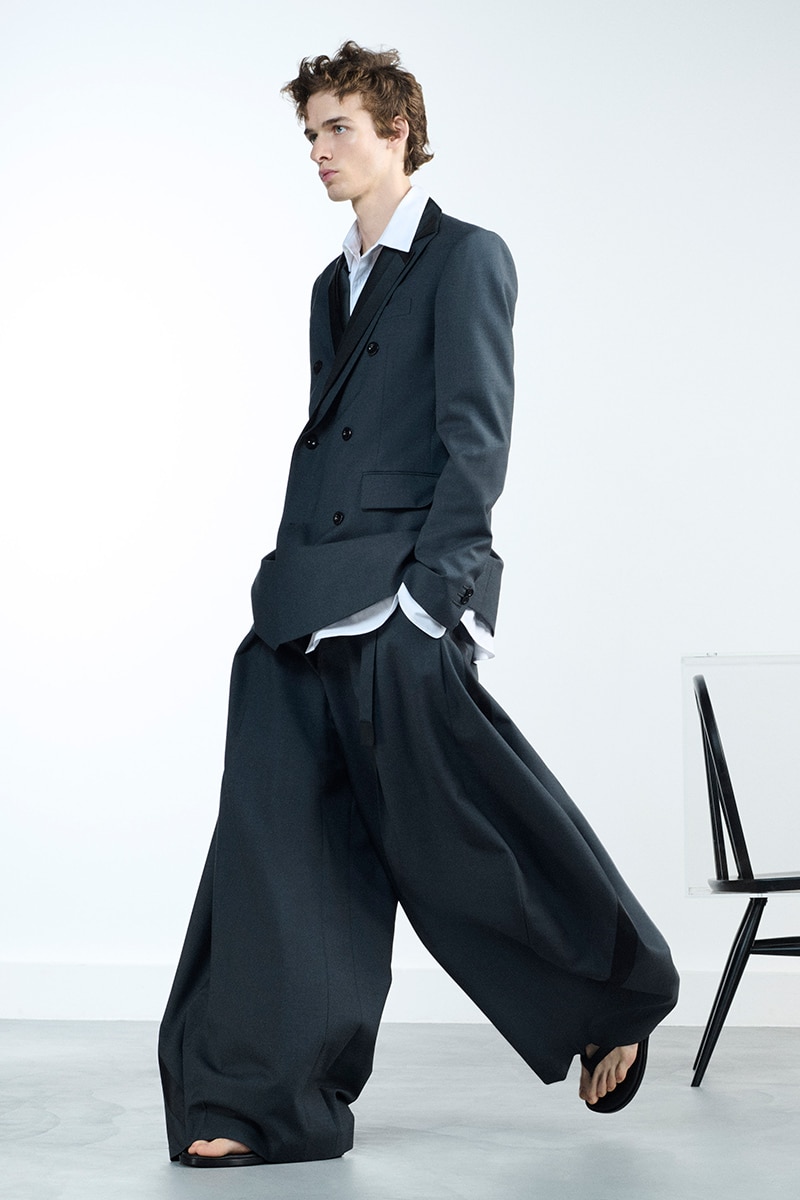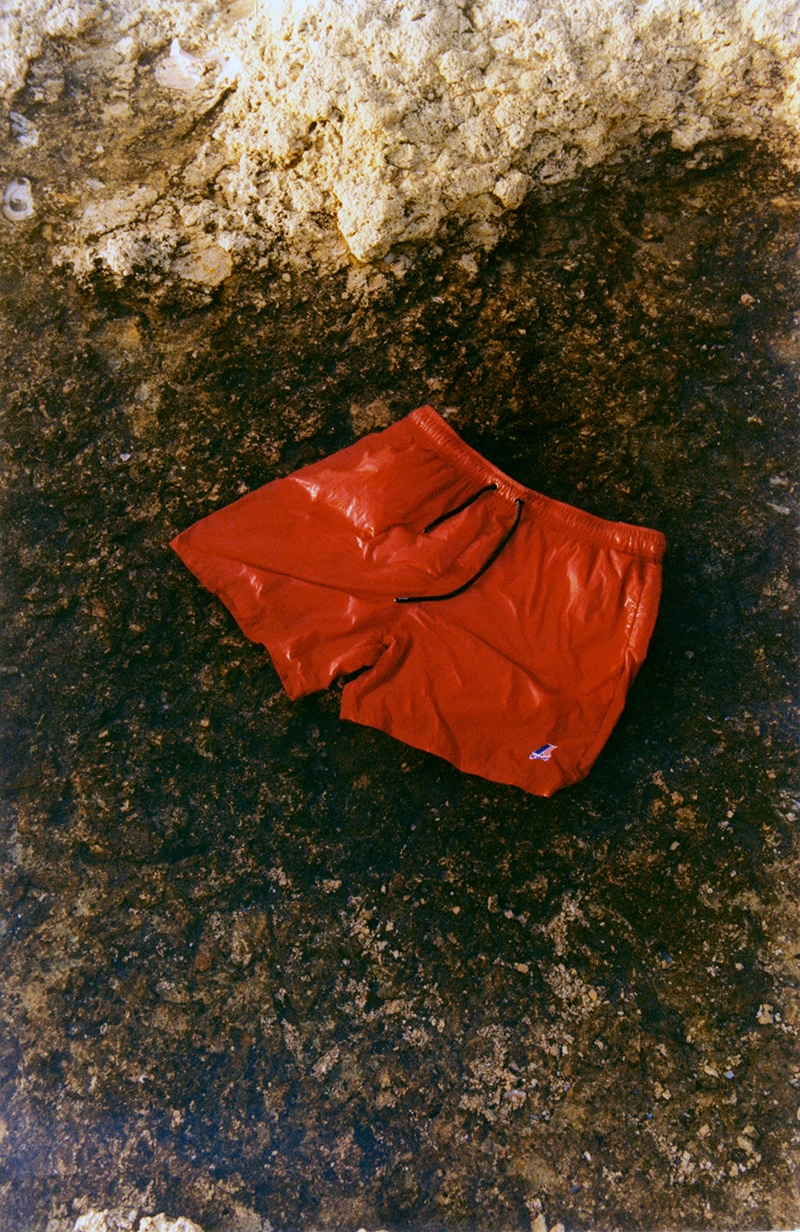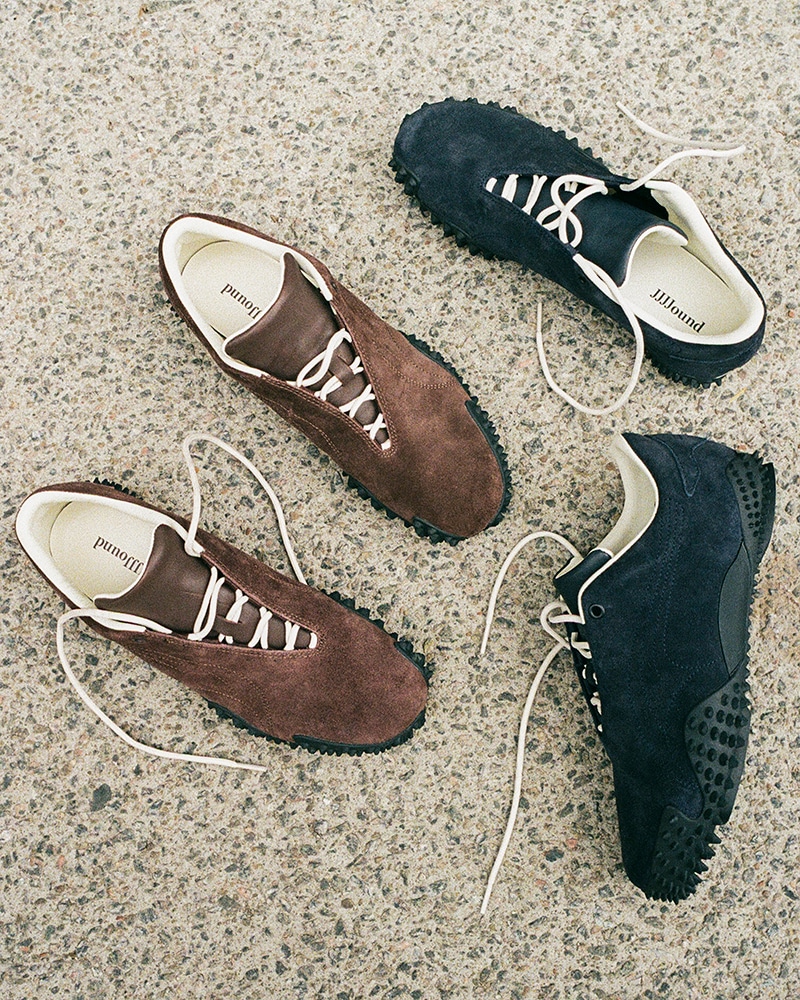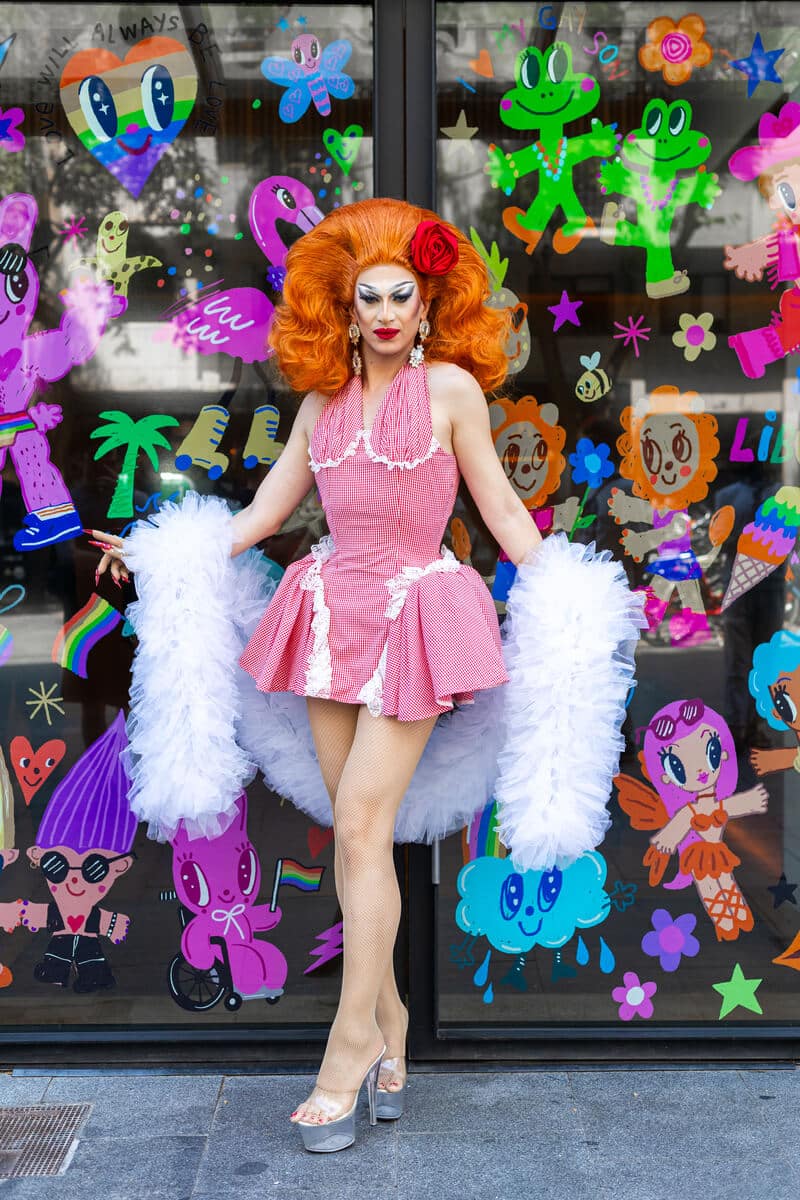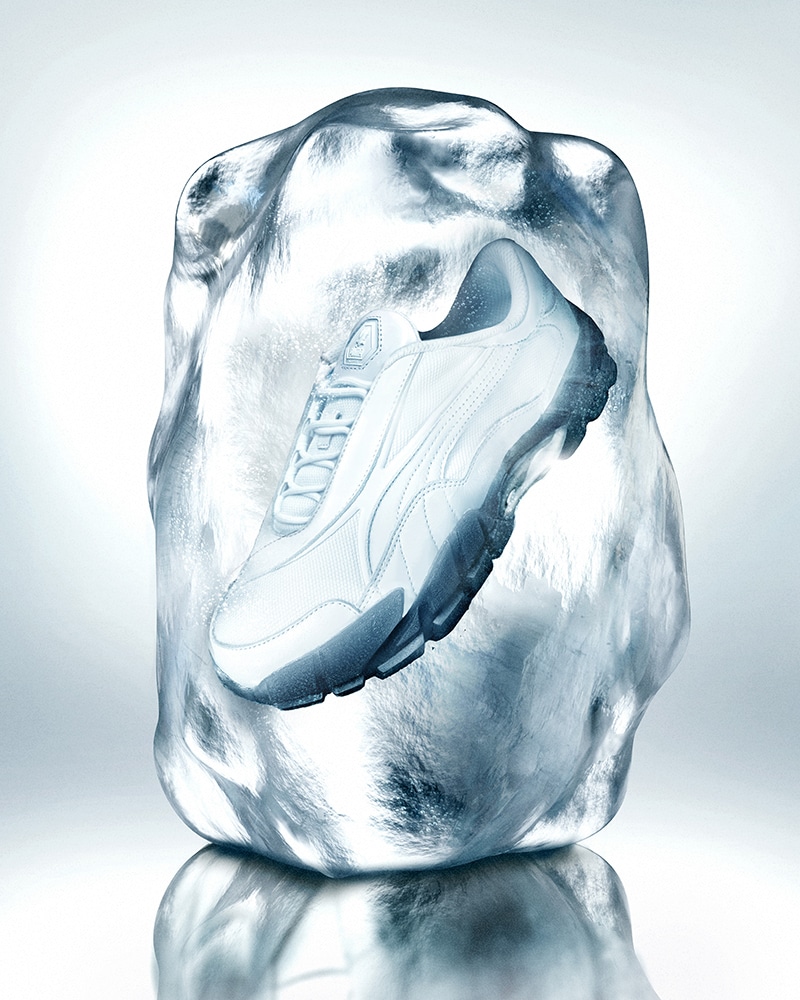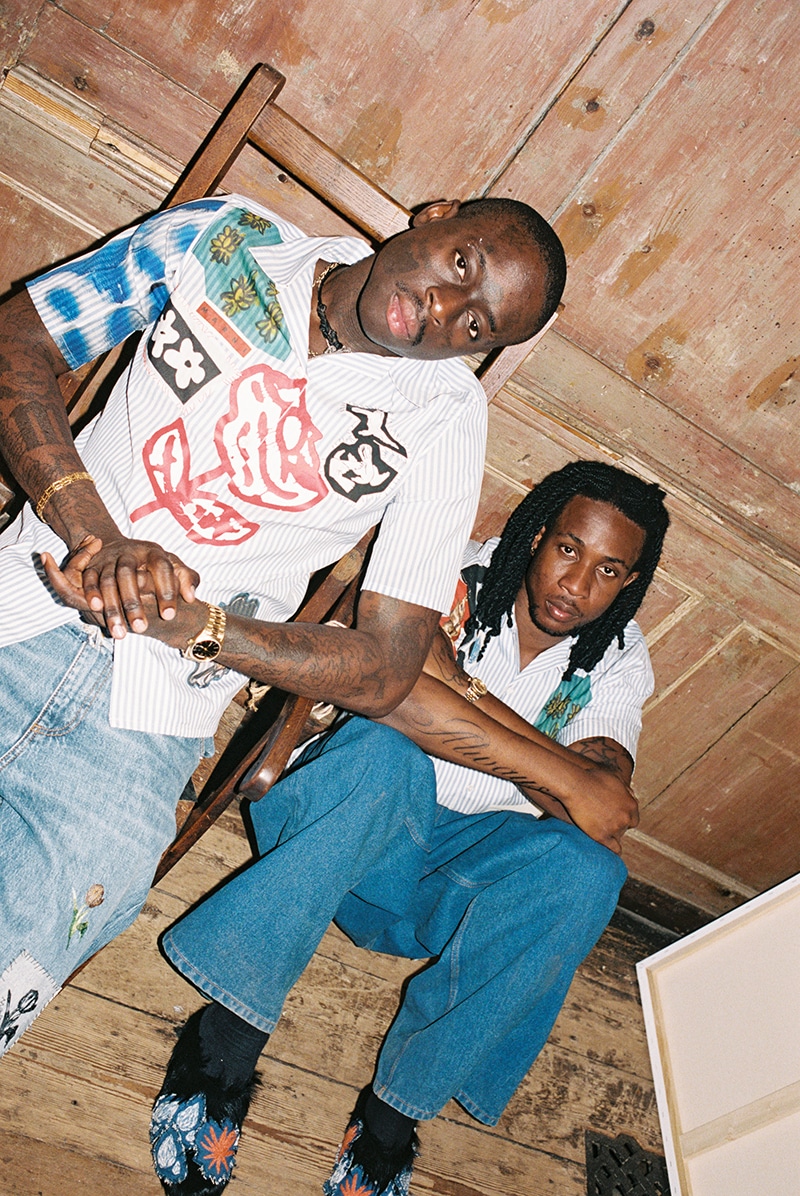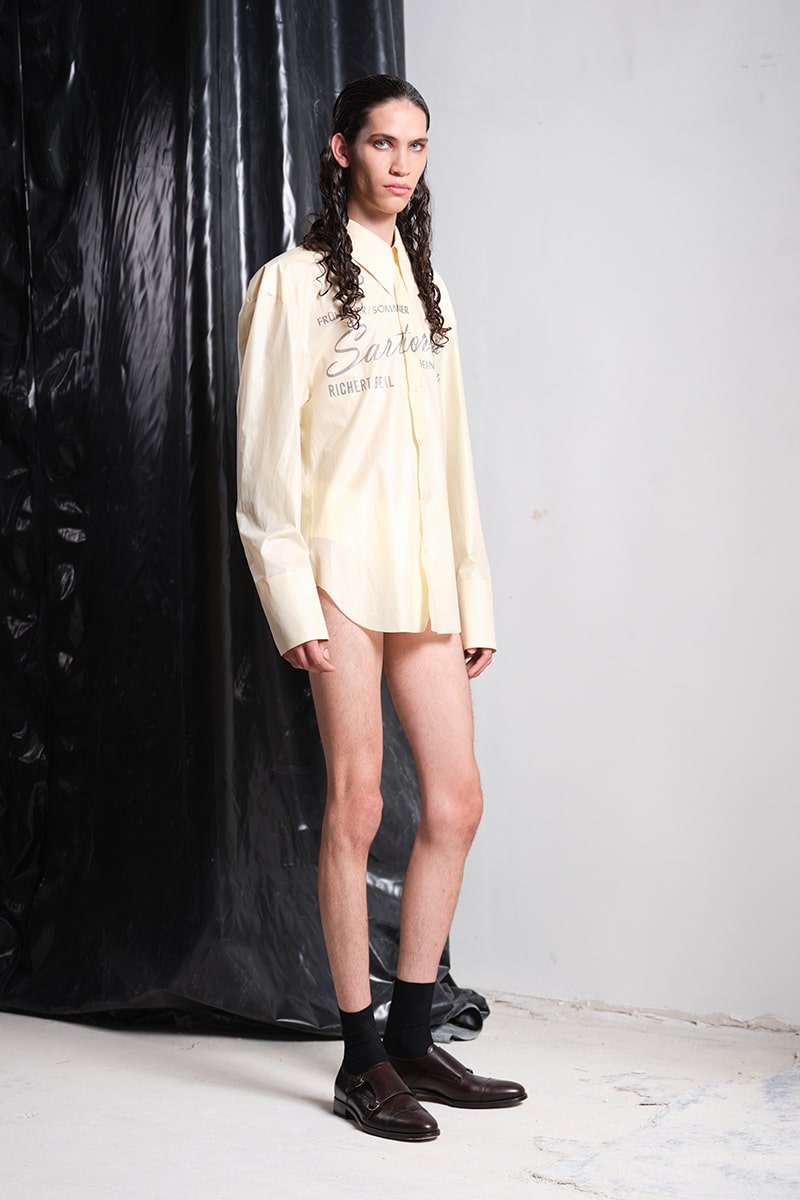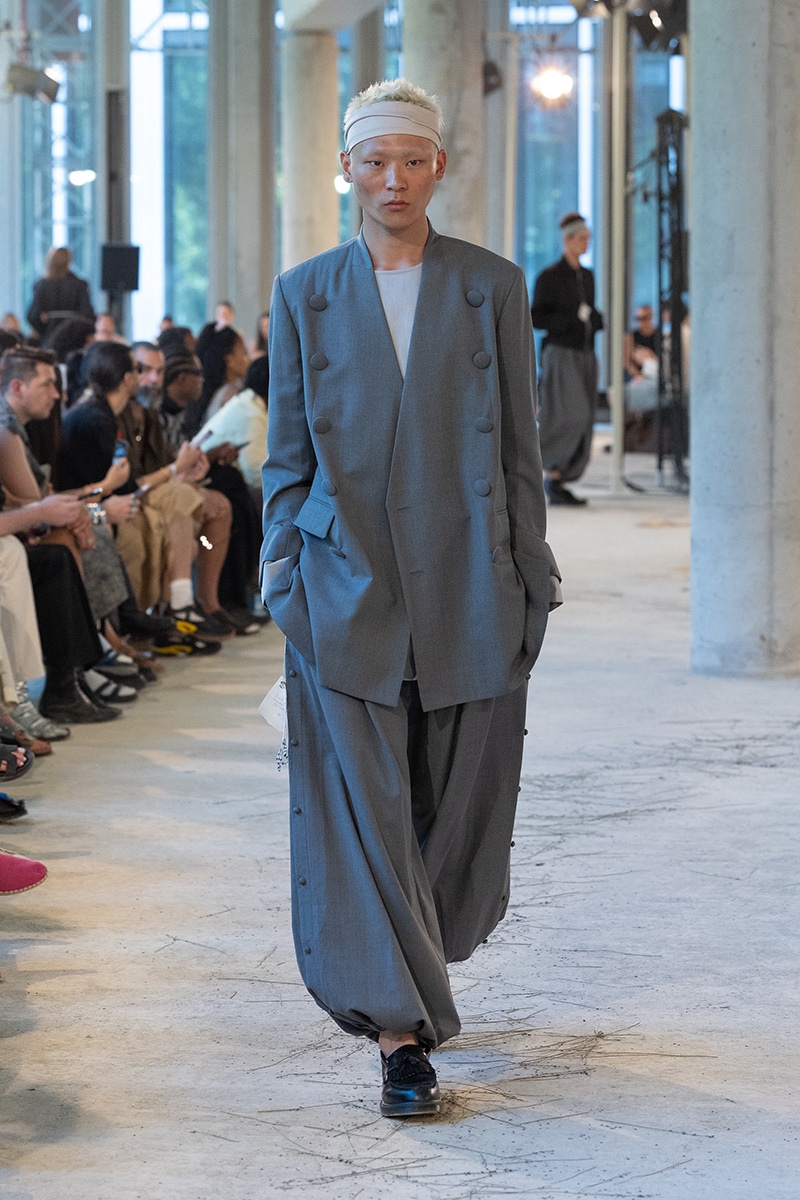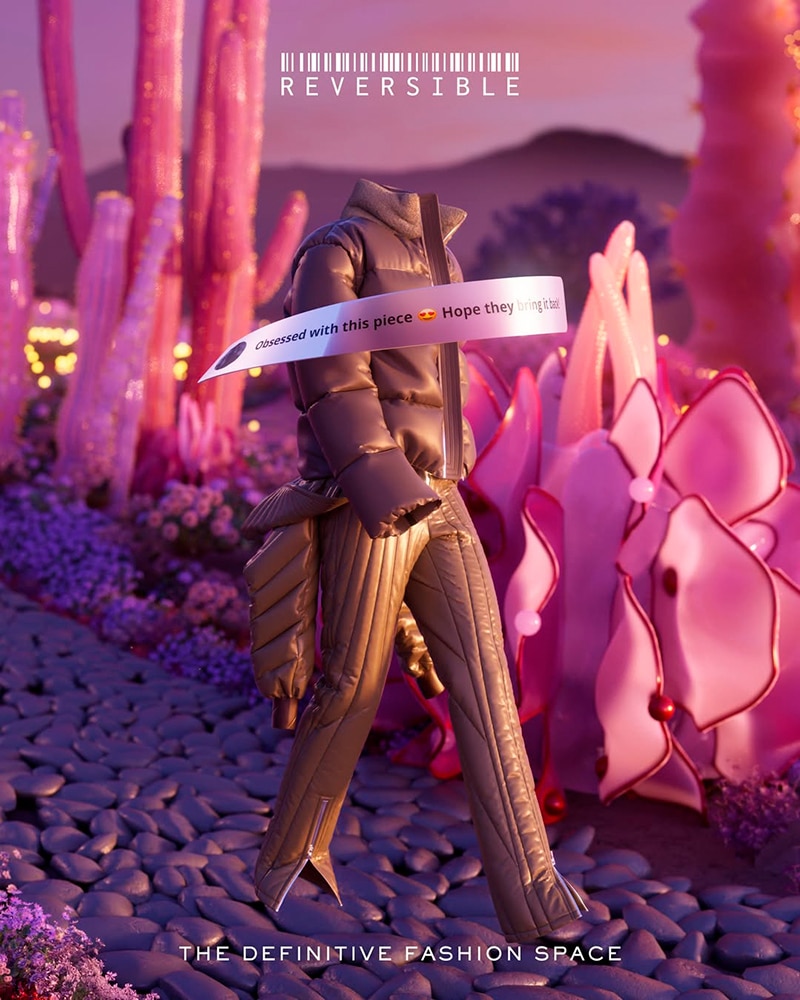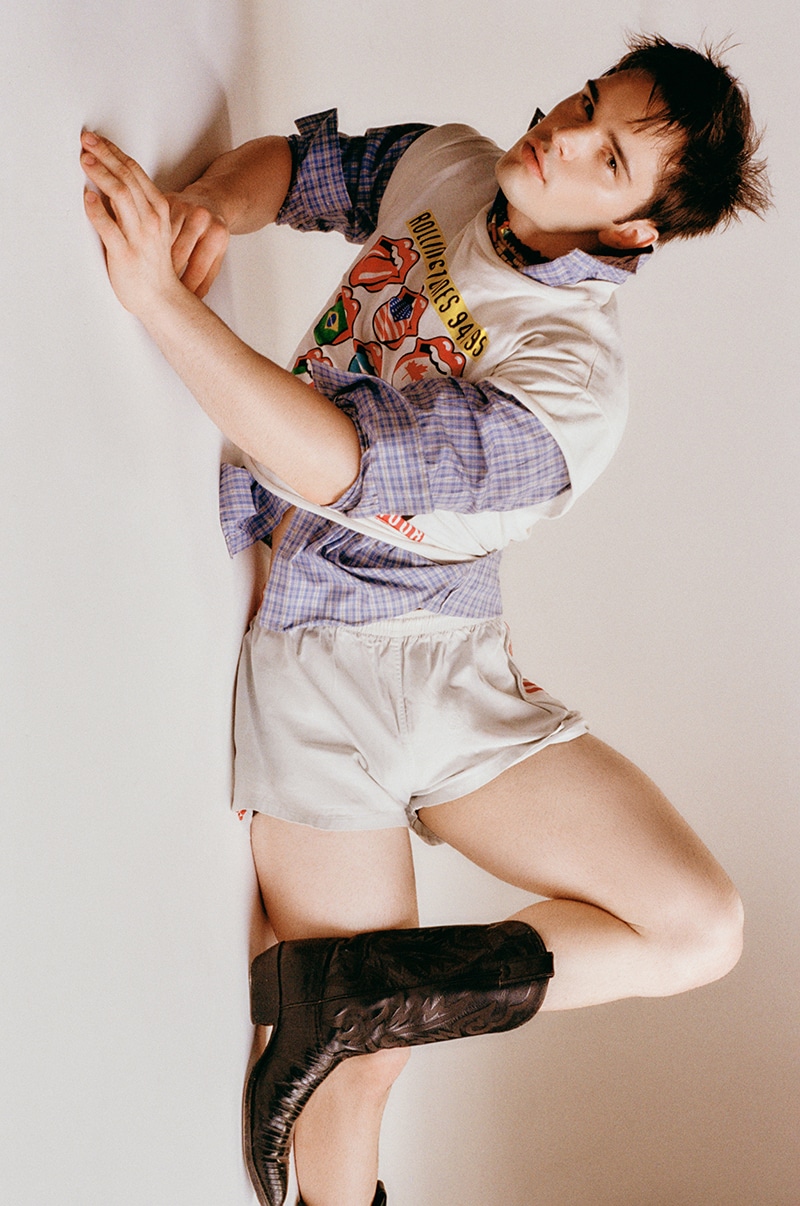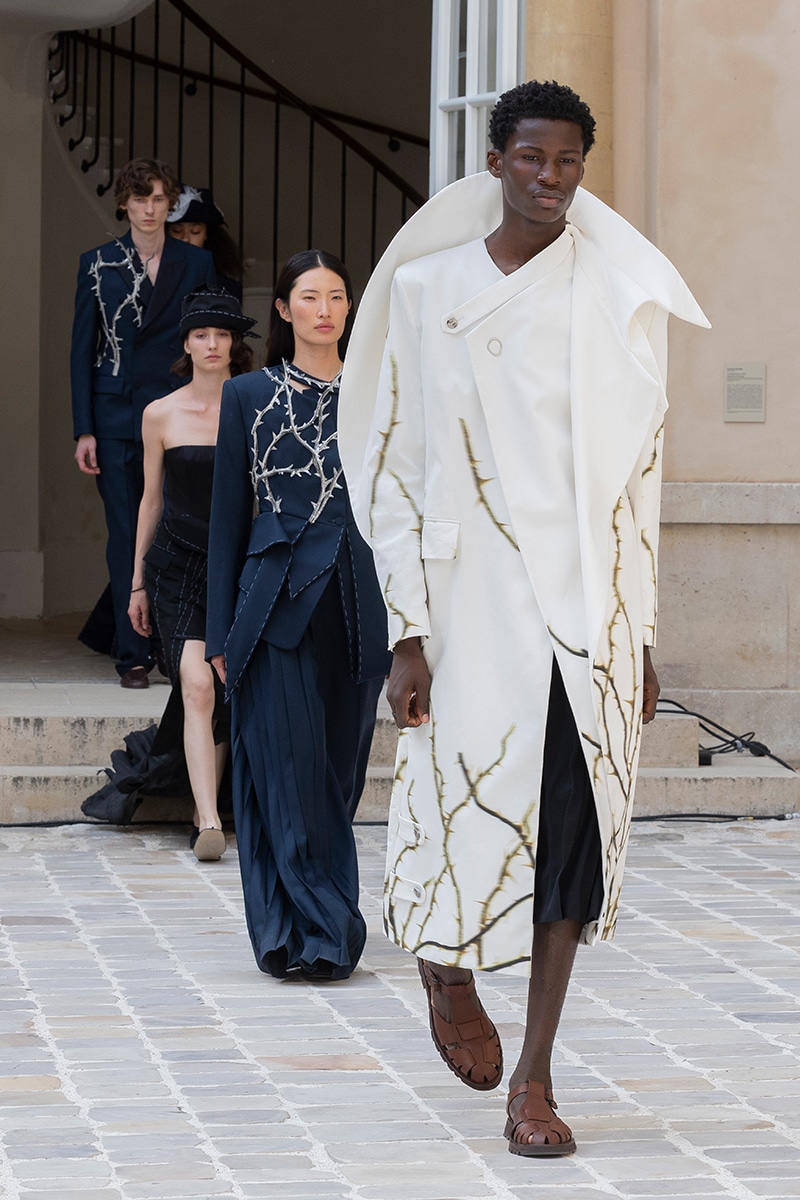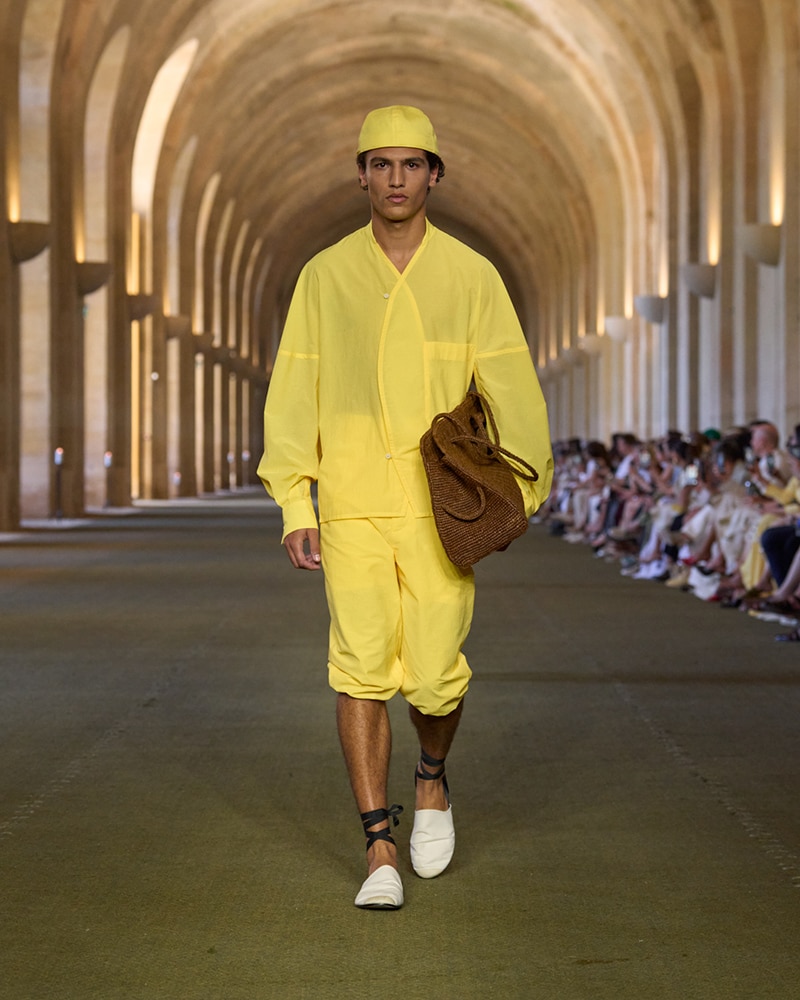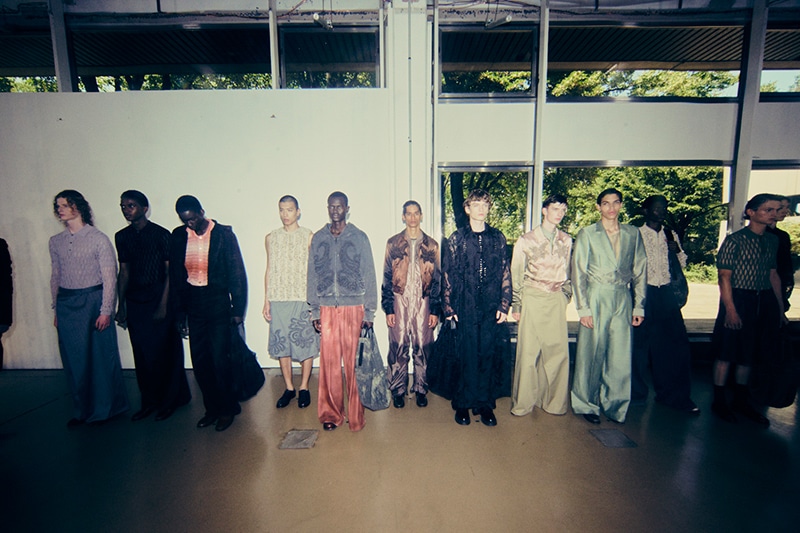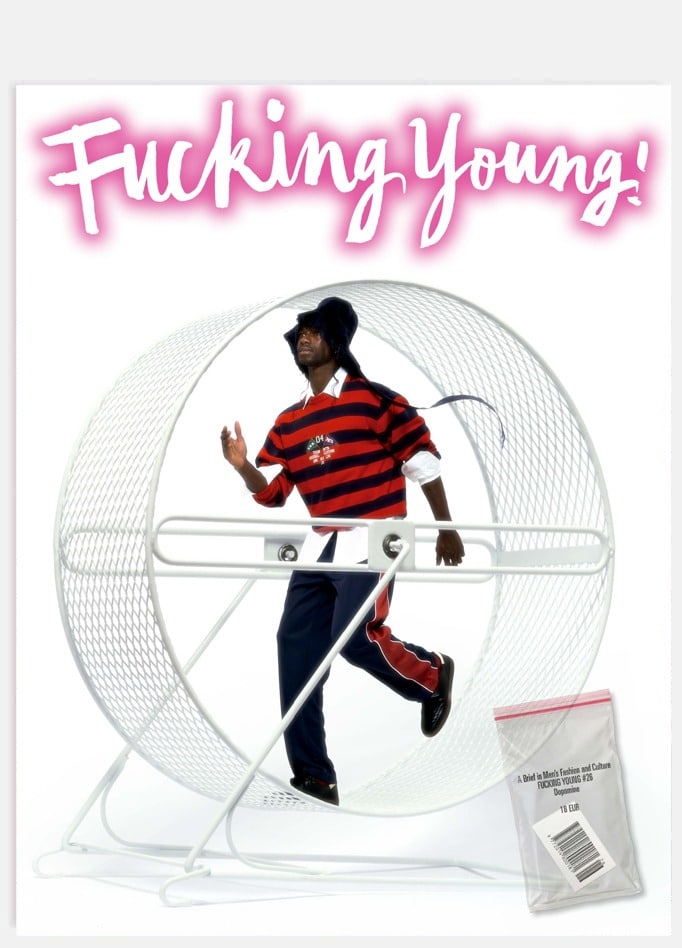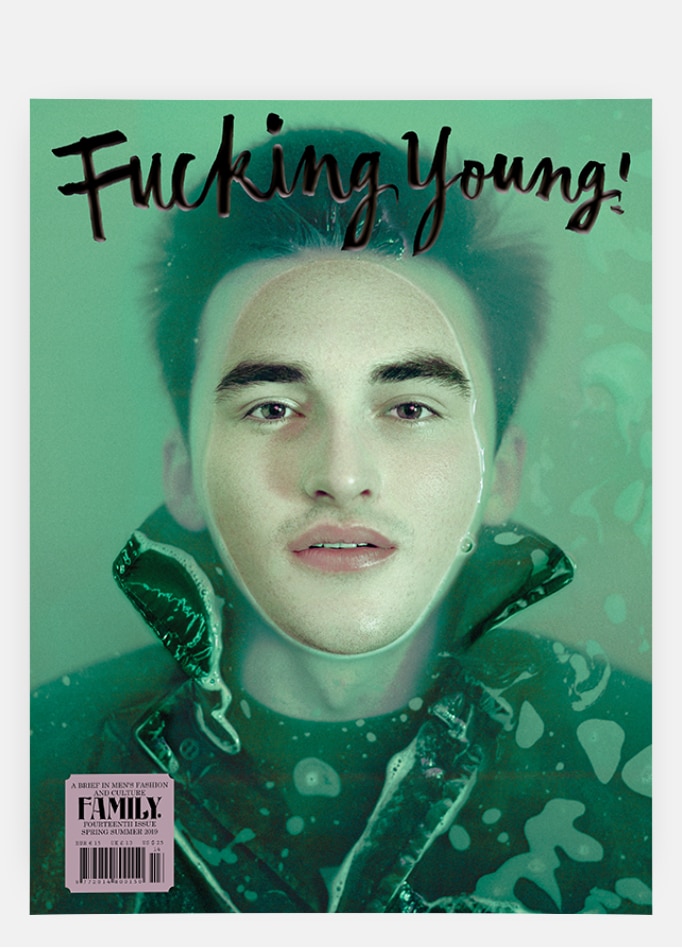
Stéphanie D’heygere likes to play with common objects. If you saw someone wear a piece in recent years that looks like it’s pushing the boundaries of comedy and cool, it’s probably D’heygere. Since finding her accessory brand in 2018, her pieces have become instantly recognizable while evolving new codes that bring a sustainable and inclusive dimension.
While we have visited with Stéphanie before, we finally got to pick her brain on everything that is D’heygere while photographer Alan Marty captured some of our favourite pieces on Thymeo in this FY! Exclusive.

We first put a name to some of our favorite bijoux that we were seeing around Paris when you won the ANDAM award in 2018. Let’s start at the beginning. Did you always like to create and what were you like growing up?
My fascination with the fashion world came at a very late age. My adolescence was not very exciting, I grew up in a small town. I studied ancient languages at a posh boarding school in Belgium; I even went one year to law school. To then realize that this is not what I want for my future. I always dreamt of living abroad, as far as possible from my hometown. All of a sudden I decided that I wanted to become a fashion designer and to study at the fashion school in Antwerp.
I failed the entrance exam twice but I was very determined. I finally got in and graduated. Some internships later, I realized I wanted to design accessories; a eureka moment during my internship at Lanvin while designing sunglasses.
You can say that you have a taste for subversion, reminiscent of the work of Martin Margiela known for his diversions. Do you think that is a Belgian thing? A cultural thing?
For sure it’s both but most importantly, my first job in fashion was at Margiela in the accessories department. I worked there for almost 5 years. This job was crucial in my career, it’s where I learned everything.
There is a Dada, along with a minimal and surreal mood to your work. How do you incorporate any reclaimed or repurposed materials?
I love mundane objects, objects that surround you in your daily life. Sometimes I use them as it is in my jewelry like for example the DVD Hoops. I used my personal collection of DVDs for the first production because they had no use for me anymore, they were just taking space inside my apartment. Sometimes it’s an interpretation of an existing object, like for example the Ashtray Ring. It’s a big ring with a detachable ashtray, you can unscrew the ashtray from the ring base, so you can use the ashtray in your house or during a spontaneous gathering in the park or at the beach. Or the Rain Hoods, made with plastic bags we collected from shopping. Inspired by people in the streets using a plastic bag to protect their head from a downpour.
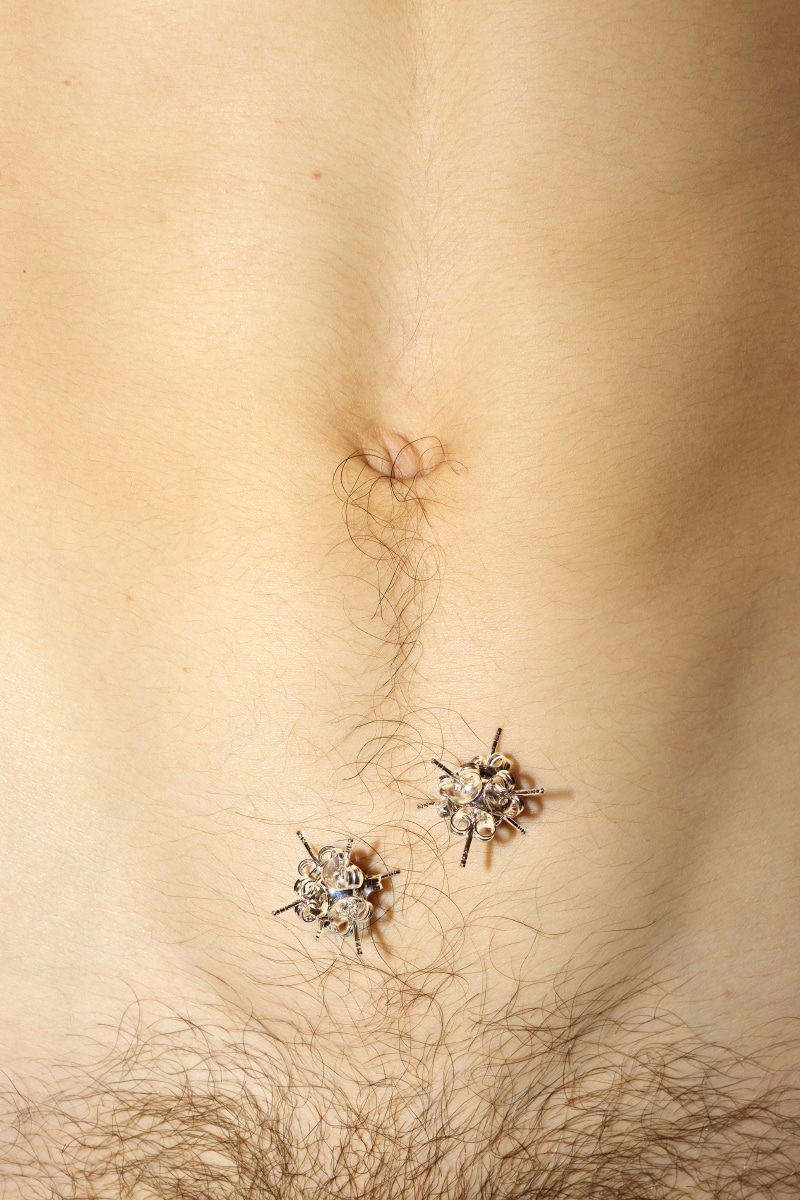
Are you looking for a reaction to your pieces?
Of course. It’s like art, when you look at art it should bring out a feeling, and create an emotion. But I never want to shock, I want to make people smile and provide them pleasure.
Your Canister Hoops are instantly recognizable. If we had to reduce your collection to a single entity, a piece that would linger for centuries, which one would it be?
The Canister Hoops! It was my first design for the brand. It’s because of this design that I decided to launch my brand. I thought if I’d give this idea away to another brand (working as a freelancer), people wouldn’t really get it. It would disappear after a season. Five years later, I continue exploring the concept of the Canister Hoops; accessories are meant to accessorize your look but we take it one step further, you can now accessorize your accessory.
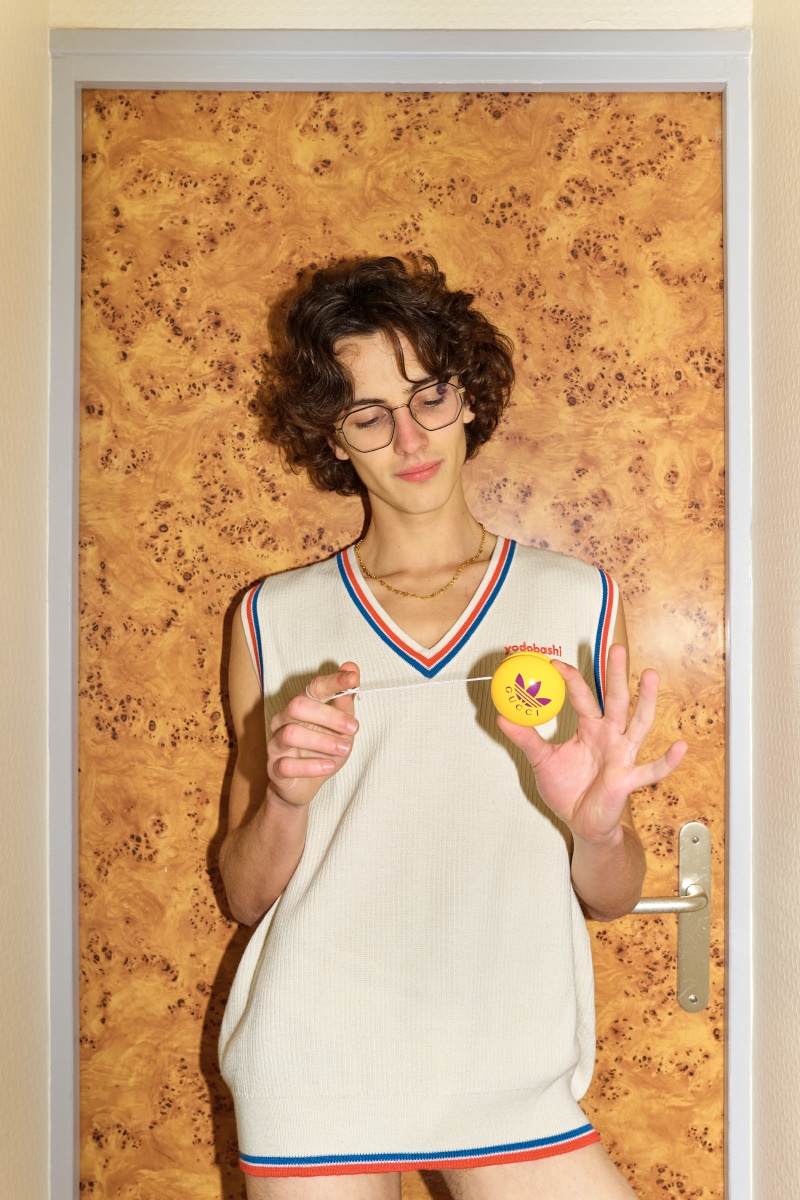
Following a stint at Dior alongside Serge Ruffieux and Lucie Meier, you have had collaborations with Jil Sander, Vetements, Courrèges (under Nicolas Di Felice), Jacquemus in Versailles, and especially fellow Belgian Glenn Martens at Y/Projects and Diesel. What initially draws you to a designer and do you enjoy exploring their DNA? How does a collaborative dialogue usually start for you?
I love working as a freelancer and I’ve been really lucky to be able to work with all these amazing, creative brands. It’s really nice to be able to exchange with the creative director and the team. I love the moment when everything comes together at the end of the season during the fashion show. I also love to dig into the archives and work with existing house codes. I like to adapt, to be a chameleon. So I get to design jewelry I would never have designed on my own for my own brand.
Do you plan on exploring any new techniques, using new materials, or going in different directions in the future, or do you want to preserve your signature look?
It’s important to keep evolving, to push your limits but in a certain spectrum; because you want people to be able to identify your brand (without having to use a big logo in your face). In the end, it’s all about balance and confidence. Many pieces I design, I can already tell in advance that it won’t sell but that doesn’t stop me from launching it because it’s so important to create rather than to think of selling. But then again, we are a brand so we must sell in order to move on (and create more!).
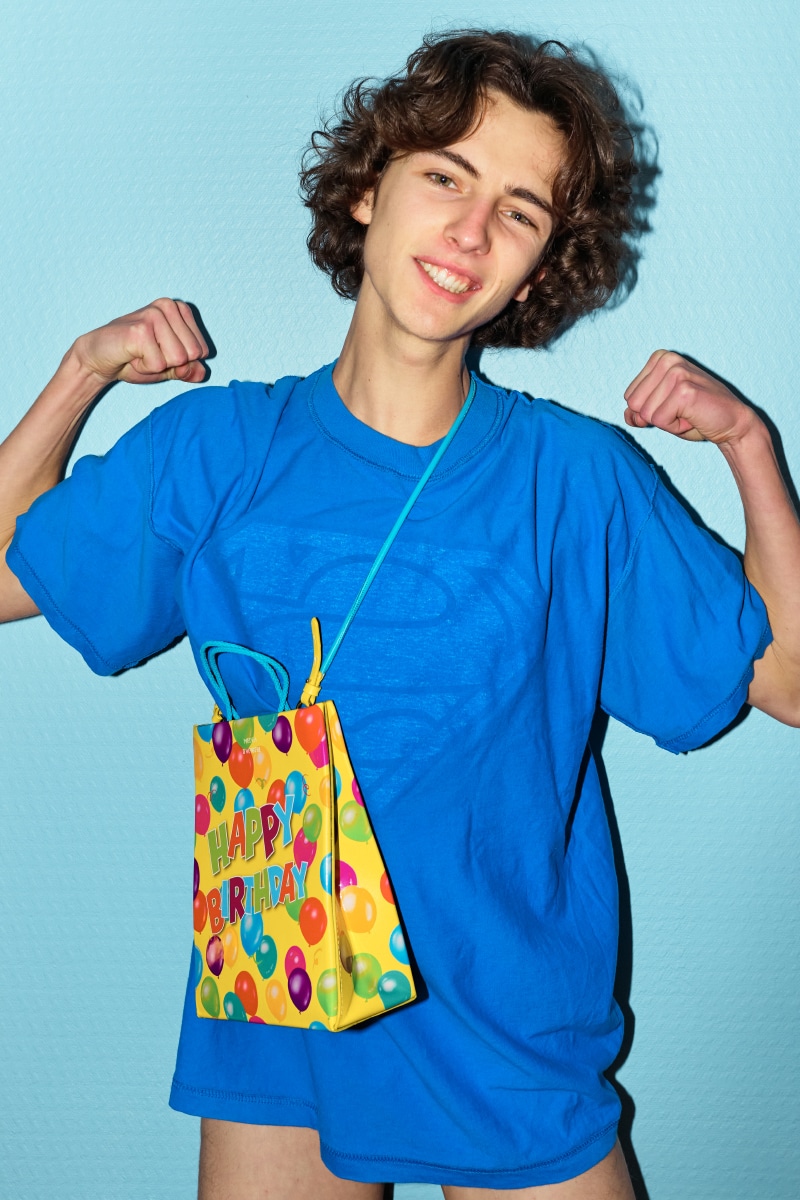
What do you think about accessories sometimes being referred to as mirrors of our personalities and extensions of our bodies?
Jewelry has always had a sentimental value. It’s very personal. Much more personal than clothes because clothes you need to wear; you can’t walk out naked in the streets. Wearing jewelry is not a necessity. And I love the concept of heritage. I can only hope that the future children of my customers will enjoy wearing D’heygere pieces.
Do you have a piece you are most proud of? If yes, what does it mean to you?
I’m proud of most of my pieces. But if I really need to choose, perhaps the Convertible Gloves. It’s a pair of leather gloves with a snap button. You can wear each glove as a bracelet and if you combine both gloves, they become a little choker. A very versatile piece (3 uses!) and you never lose your gloves ever again. I also enjoyed all of our collaborations (with Bic, Longchamp, DADA, Gentle Monster, and more recently Medea). It gives the opportunity to design a different product.

Do you have a decade and movement?
I love DADA and pop art.
I will never forget Little Edie wearing a brooch on her towel. What accessory moment in cinema/music/fashion do you find most memorable?
I love the story of Jean Paul Gaultier using used cans as a kid to wear them as bracelets. An object from his childhood that he later included in his brand, and created one of the most iconic perfume packaging. Or Ted Noten’s Chew Your Own Brooch (In 1998 Ted Noten produced Chew Your Own Brooch in which he provides you with a chewing kit. You chew your gum, return it to him, and get back a replica brooch cast in silver or gold – a small sculpture fashioned by your mouth. Noten has given the chewer a creative influence on the end product and the anxiety of being an artist for a few minutes, tapping into the creative child within us and poking fun at our silliness) Brillant!
Are you alone in your creative sphere or do you have a team? What does your studio look like and what do you listen to as you work?
I have a very small team. I think it’s super important to have a team. It’s enriching to be able to exchange/debate. That’s why we also like to welcome interns from different nationalities and backgrounds/schools. I’m a bit fed up with our studio at the moment because it’s becoming too small and therefore a bit too messy. We’re currently looking for a new space in Paris. And I can’t wait to decorate the space, to give it a personal touch. I recently designed a 6000m2 co-working space in Antwerp and I enjoyed this job so much.

Finally, what are you looking forward to in 2024?
Find a new office! We’re also working on a book; our manifesto that states ‘everything can become an accessory’. It’s a concept I launched during the pandemic when everybody was alone and bored at home. We gathered a huge amount of very inspirational images that we want to compile in a book. I hope it will come out in 2024.
Please send us a copy!
